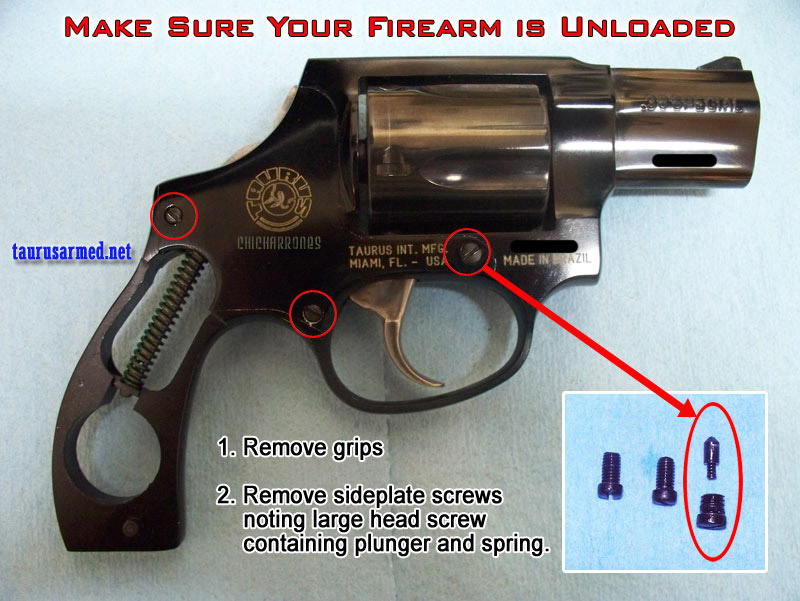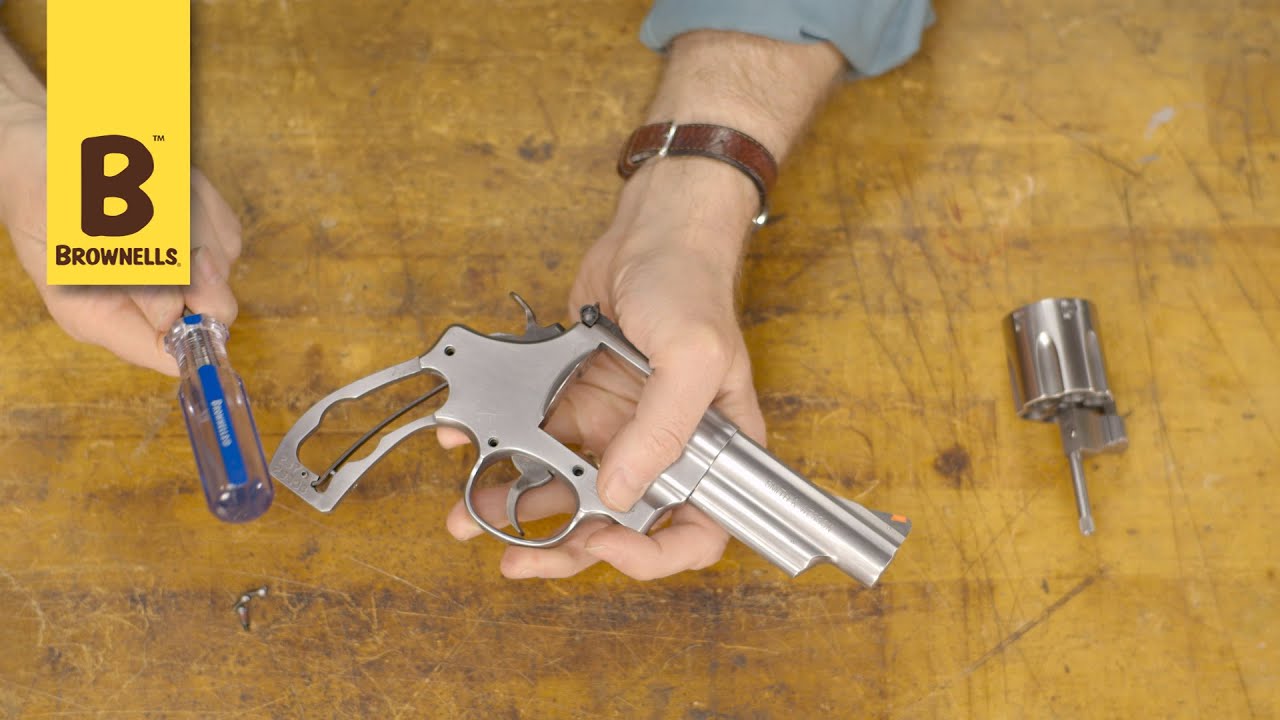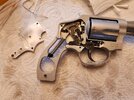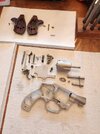Have Taurus 692 , maybe five hundred rounds fired all together ( 357, 38, 9mm) since I purchased it several years ago. Sadly, most of rounds were probably 9mm instead of 38/357 due to ammo pricing and availability. Anywho, I did remove side plate once several years ago , did some light cleaning and lubrication there , and honestly I was intimidated by the revolvers internals! All those little springs and parts etc…
I didn’t even cock the revolver without side plate bc I was afraid that somehow something may come out of it’s place or fly off. It has been several hundred rounds since the last cleaning and lubing of internals ( excluding a drop of oil in the mechanism from above with hammer cocked ) . Should I just leave it alone, or go ahead and clean and lube complete internals again after several years?
If I use one of those highly pressurized gun cleaners for dissolving powder residue and crud, can that remove all those tiny parts from their place or they are firmly held in place by the main spring pressure ? Sorry about so many questions but I am obviously not familiar with revolver’s internals.
P.s. guns sits in the safe and it is not carried so there is no lint , etc.
I didn’t even cock the revolver without side plate bc I was afraid that somehow something may come out of it’s place or fly off. It has been several hundred rounds since the last cleaning and lubing of internals ( excluding a drop of oil in the mechanism from above with hammer cocked ) . Should I just leave it alone, or go ahead and clean and lube complete internals again after several years?
If I use one of those highly pressurized gun cleaners for dissolving powder residue and crud, can that remove all those tiny parts from their place or they are firmly held in place by the main spring pressure ? Sorry about so many questions but I am obviously not familiar with revolver’s internals.
P.s. guns sits in the safe and it is not carried so there is no lint , etc.





